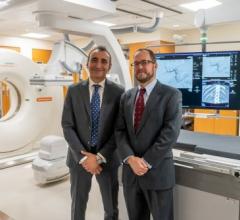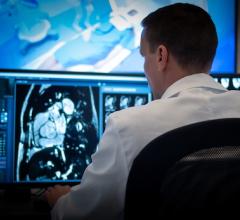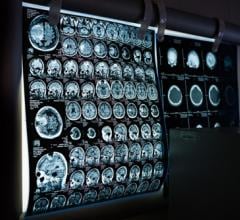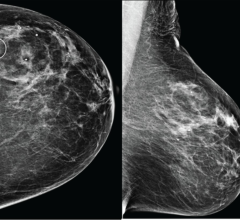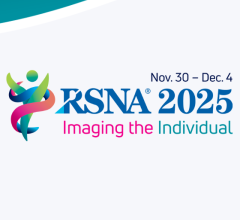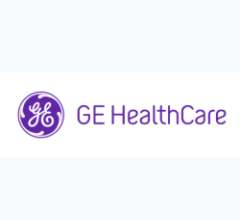October 10, 2007 - A new technique for capturing images of chest veins eases diagnosis of venous diseases, according to a study presented by University of Cincinnati (UC) radiologists at the North American Society of Cardiovascular Imaging's 35th Annual Meeting and Scientific Sessions in Washington, D.C.
Developed by Cristopher Meyer, M.D., and Achala Vagal, M.D., the new protocol allows radiologists to compensate for the extra time it takes contrast solution to reach the veins so useful images can be produced using the CT scanner.
“We found that the rapid-imaging scanners were almost too fast for venous studies,” explained Vagal, a UC assistant professor and radiologist at University Hospital. “By the time the contrast reached the patient’s veins, there were too many artifacts to make any meaningful conclusions about possible disease - for example, blood clots.”
Venous disease is rare and can be difficult to pinpoint, noted Vagal. “This new protocol uses the same imaging equipment in a novel way that allows us to acquire better venous images and make good clinical decisions,” said Vagal, who presented guidelines for this thoracic imaging protocol at the meeting.
For this new imaging technique, the CT technologist prepares two syringes of contrast: The first includes 140 cubic centimeters (CC) of undiluted contrast; the second contains a diluted mixture of 100 CC of contrast and 10 CC of saline solution.
"The key to getting accurate clinical images of the veins is in the timing," Vagal indicated.
Both syringes are given consecutively at a rate of four CC per second, with a 60-second delay between the final injection and initiation of the CT scan.
"Previously, there was so much dense contrast in the veins that all you could see on the CT scan were streaks that didn't tell you anything about possible venous disease," explained Vagal. "Delaying the scan gave us enough time for both the arteries and the veins to be opacified, which resulted in the crisp images that allowed us to make better clinical determinations."
For more information: www.med.uc.edu


 December 10, 2025
December 10, 2025 


